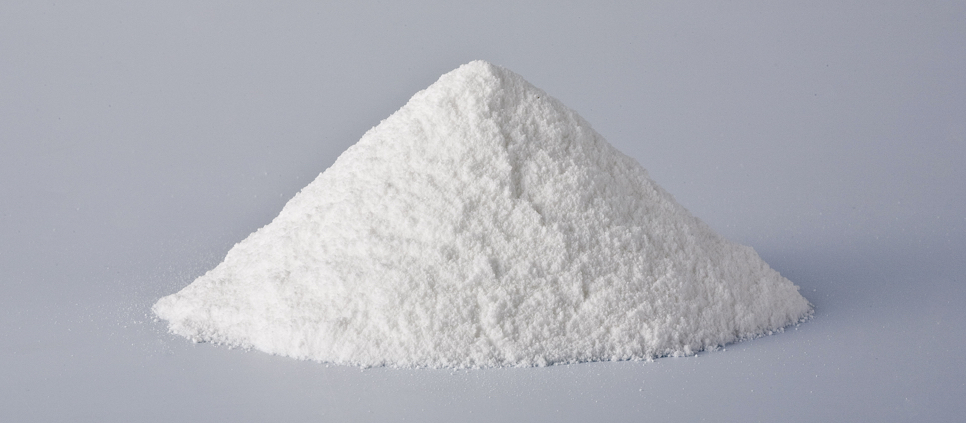
What is Active Zinc Oxide?
Active Zinc Oxide (AZO) is a high-performance form of zinc oxide known for its extremely fine particle size, high surface area, and excellent chemical properties. Unlike regular zinc oxide, Active Zinc Oxide exhibits enhanced activity, making it a preferred choice for applications that demand high purity, transparency, and effective activation, particularly in rubber vulcanization.
Key Properties
- High Surface Area: AZO has a surface area ranging from 30 to 50 m²/g, significantly higher than the 3-5 m²/g surface area of standard zinc oxide. This higher surface area enhances its effectiveness as a chemical activator.
- Small Particle Size: The small particle size ensures better dispersion in rubber and other materials, improving their quality and performance.
- Environmental Compatibility: Low impurity levels and absence of heavy metals make AZO an environmentally friendly choice for industries aiming to reduce their ecological footprint.
Recycling and Production Processes
Recycling zinc oxide from secondary zinc waste, such as zinc ash and EAF dust, is a sustainable and cost-effective method of producing Active Zinc Oxide. The process involves several steps that ensure high purity and efficiency:
- Raw Material Preparation: Zinc dust is mixed with an ammonia solution and heated to specific temperatures.
- Chemical Reactions: Ammonium chloride is added to facilitate the reaction, followed by crystallization and filtration to separate impurities.
- Roasting and Cooling: The purified zinc oxide crystals are roasted at controlled temperatures to achieve the desired chemical properties.
- Final Processing: The resulting AZO is pulverized, screened, and packed for distribution.
This process yields high-quality AZO that meets the stringent requirements of various industrial applications.
Applications
Active Zinc Oxide’s unique properties make it an essential material across multiple sectors:
- Rubber Industry: One of the primary applications of AZO is in rubber manufacturing. It acts as a catalyst in the vulcanization process, reducing the curing time and improving the elasticity, resilience, and durability of rubber products such as tires, gloves, shoe soles, and sporting goods.
- Cosmetics and Personal Care: Due to its fine particle size and transparency, AZO is widely used in cosmetics and personal care products, including lotions, powders, and makeup. It provides sun protection and other skin benefits without altering the product’s color.
- Pharmaceuticals and Chemicals: AZO is a key ingredient in various pharmaceutical formulations and chemical processes, owing to its stability and low impurity levels.
- Specialty Chemicals and Catalysts: The chemical industry utilizes Active Zinc Oxide as a catalyst and for producing special chemicals, thanks to its high reactivity and purity.
Market Outlook for Active Zinc Oxide
The global Active Zinc Oxide market is projected to grow from USD 4.4 billion in 2019 to USD 5.7 billion by 2024, with a compound annual growth rate (CAGR) of 5.4%. The increasing demand for high-performance rubber, cosmetics, and specialty chemicals is driving this growth. Additionally, the rising use of Active Zinc Oxide in emerging applications, such as semiconductors and solar energy, is expected to further boost the market.
Conclusion
Recycling Active zinc oxide is a sustainable and efficient solution for meeting the growing demand in various industries. With its superior properties, environmental benefits, and cost-effective production process, it is set to play a pivotal role in the future of the zinc industry. Companies focusing on zinc oxide recycling and sustainable production processes are well-positioned to capitalize on this expanding market.


